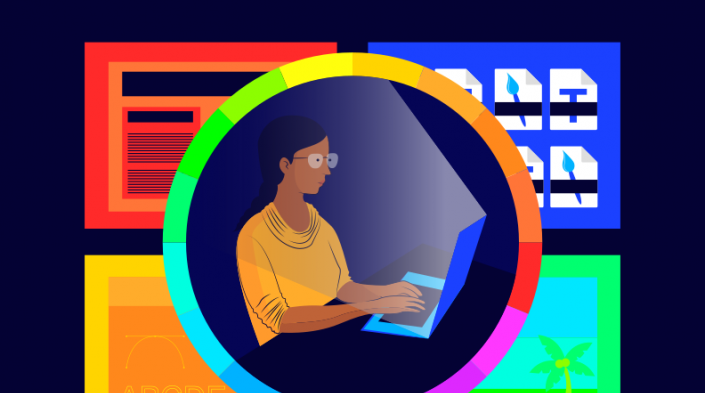
Dernière mise à jour de cette page le
This guide was originally published on the website of APC member organisation Código Sur.
Free/libre and open-source software (FLOSS) offers us and teaches us about the possibility of escaping from an imposed “reality”: that we need to pay for access to certain computer programs (tools) without knowing what these programs do with our data, which contributes to a highly profitable business model based on charging for licenses and updates, and an infinite cycle of expensive proprietary software dependency.
Irene Soria, a graphic designer who for years has been working exclusively with FLOSS at many levels (professionally, in education, etc.) shares her FLOSS migration experience: Digital graphic design "has been surrounded, since its origin, by a series of myths that associate this field to certain digital tool brands. This idea of the professional designer that depends on specific software was precisely the starting point in my process that eventually led me to migrate my operating system.”
We tend to feel frustrated when we can’t access paid proprietary graphic design programs – which sometimes even require certain operating systems to work. In contrast to this reality, common and familiar to many, where people of certain social classes are marginalised from certain technology, there’s a wonderful world out there that works in design, the FLOSS community that promotes respect for users’ freedom, offering the opportunity to use, copy, share, study and hack/modify freely.
It's also free at a philosophical and ideological level because it serves as a way to promote and practise collective knowledge. Knowledge is power: sharing it empowers society in something that is privatised by big corporations.
Options for different design fields
Now we are going to share some of the main FLOSS design programs and how to use them:
-
Inkscape is a cross-platform (available on Windows, macOS, and GNU/Linux) FLOSS graphic design program for illustration, icons, logos, diagrams, maps, posters and all types of art that uses solid colors, patterns, radial or linear color gradients. We can use Inkscape for homemade designs, designs we want to publish on the internet and even designs we want to print on a specialised printer. Inkscape is comparable to paid/licensed proprietary professional graphic design programs like Adobe Illustrator and CorelDRAW.
-
GIMP (GNU Image Manipulation Program) is a free FLOSS photo editing and image manipulation program released under GPL licence. It offers a wide range of tools both for simple projects and sophisticated designs. Among other basic image manipulation features, it allows resizing, cropping, multiple format export, rotation and flipping, colour adjustment including colour balance, saturation, brightness levels and contrast, and much more. GIMP also has different types of image filters.
-
Krita is a FLOSS graphic editor mainly designed for digital painting and animation. It's available on Windows, Linux, macOS and other operating systems. It offers tools for people and artists who need to create professional projects including comic design, painting, drawing and much more.
-
Scribus is a FLOSS desktop publishing program for design, layout and typesetting applied to multiple formats like newspapers, brochures, newsletters, posters and books. It's a very important tool in the FLOSS community because it allows you to create professional-quality files just like with other commercial options.
-
PosteRazor is a FLOSS program under GNU/GPL licence that helps you design homemade big-sized posters: it crops images in different parts so you can print them on an average-sized printer and then stick them together.
-
Blender is a FLOSS suite for all stages of 3D object modelling and animation, from initial design to photo-realistic rendering for video footage. Blender is widely used among illustrators, engineers and enthusiasts for 3D modelling and its features compete with those of commercial software.
-
Darktable is an open-source photography workflow application and “raw developer”, a virtual light table and darkroom for photographers. It manages your digital negatives in a database, lets you view them through a zoomable light table, and enables you to develop raw images and enhance them. Ultimately, it allows you to handle large numbers of images at the same time, performing bulk changes and seeing all the edited images at once.
There are many other FLOSS options out there for graphic design, video editing, etc. We’ve presented some here so you can start exploring this world.
Even though there are very advanced graphic design tools developed by multinational companies, like Adobe software (Adobe Photoshop, Adobe InDesign, Adobe Illustrator, etc.), it’s worth recalling that Adobe has received a lot of criticism, most importantly regarding security breaches: hackers have exploited Adobe software vulnerabilities to obtain unauthorised access to users’ computers.
FLOSS offers us professional options and improves day by day, even more so if graphic designers start to use these programs and give feedback.
Cover image developed by Marcela Lara


